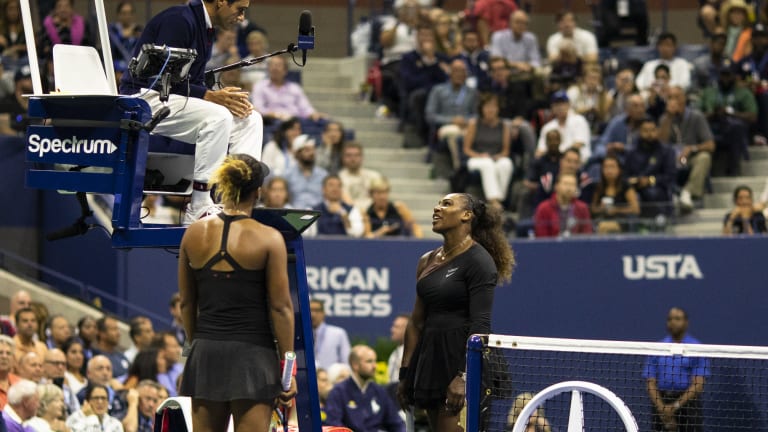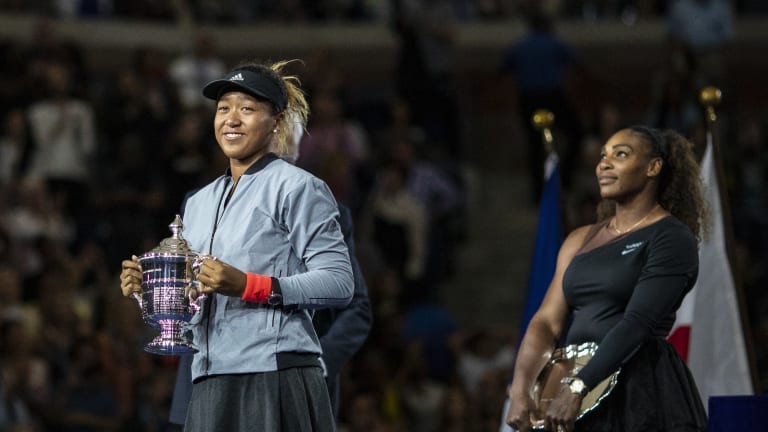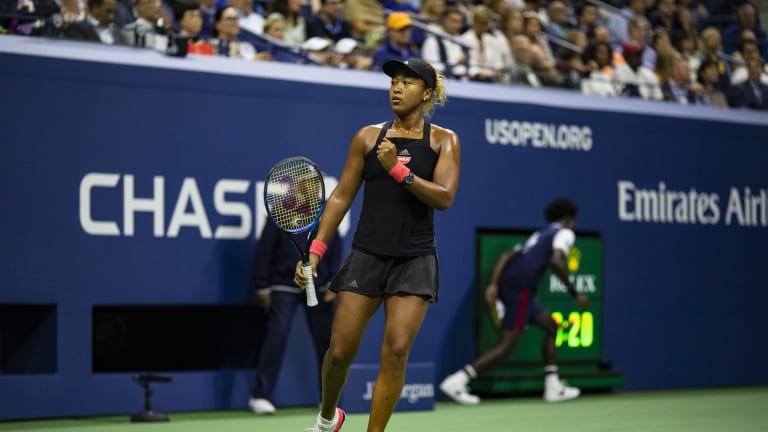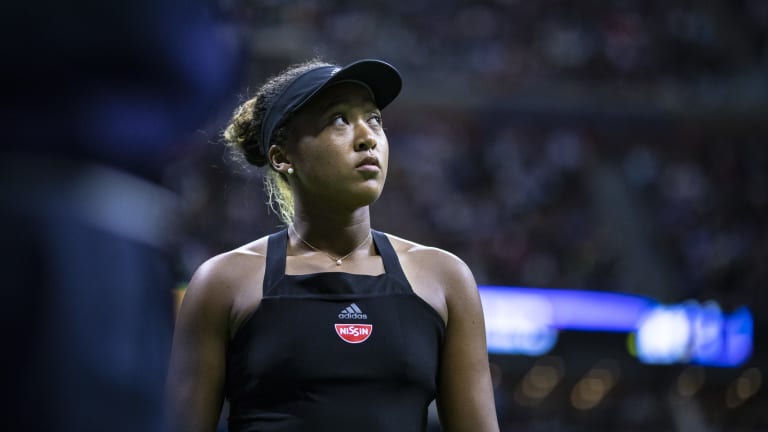WATCH—Wrapping up the women’s US Open final:
How Naomi Osaka answered chaos with calm to win the US Open crown
By Sep 09, 2018The Business of Tennis
Top ATP, WTA players pen letter to Grand Slams seeking greater share of revenue
By Apr 04, 2025Social
Marat Safin on coaching Andrey Rublev: “I can show him the road, but he needs to walk it"
By Apr 04, 2025WTA Charleston, USA
From 6-1, 2-0 down, Jessica Pegula dethrones Danielle Collins in Charleston
By Apr 04, 2025Style Points
This is why Emma Navarro won't ever wear a visor on the tennis court
By Apr 04, 2025Hopman Cup
This year's Hopman Cup mixed-team event to be played in Bari in July
By Apr 04, 2025Anti-Doping & Corruption
Five low-ranked French tennis players receive bans for links to a match-fixing syndicate
By Apr 04, 2025Style Points
Naomi Osaka teases more iconic tennis kits: 'Treating every Grand Slam like the Met Gala'
By Apr 04, 2025Tennis.com Interview
Patrick McEnroe decries Jannik Sinner suspension, tags Joao Fonseca as future star
By Apr 04, 2025The Business of Tennis
Chairman Andrea Gaudenzi will take over as interim ATP CEO after Massimo Calvelli departs
By Apr 04, 2025How Naomi Osaka answered chaos with calm to win the US Open crown
Published Sep 09, 2018
Advertising
Advertising
Advertising

How Naomi Osaka answered chaos with calm to win the US Open crown
© Anita T Aguilar
Advertising

How Naomi Osaka answered chaos with calm to win the US Open crown
© Anita T Aguilar
Advertising

How Naomi Osaka answered chaos with calm to win the US Open crown
© Anita T Aguilar
Advertising

How Naomi Osaka answered chaos with calm to win the US Open crown
© Anita T Aguilar
Advertising

How Naomi Osaka answered chaos with calm to win the US Open crown